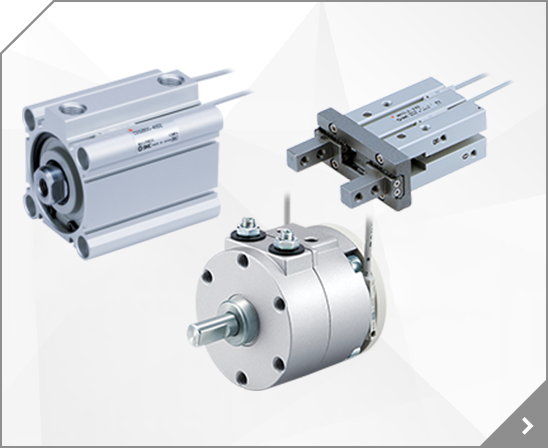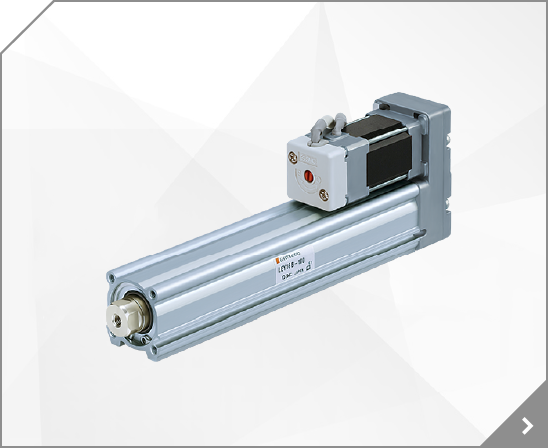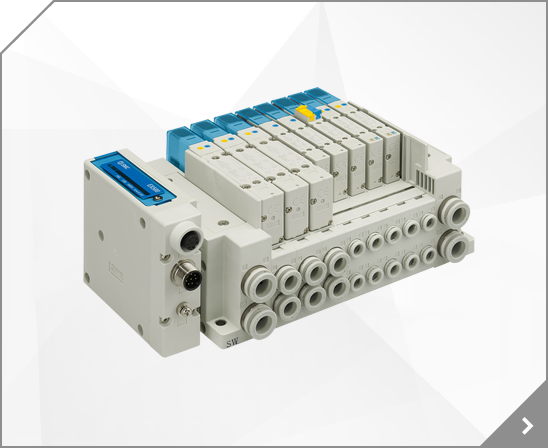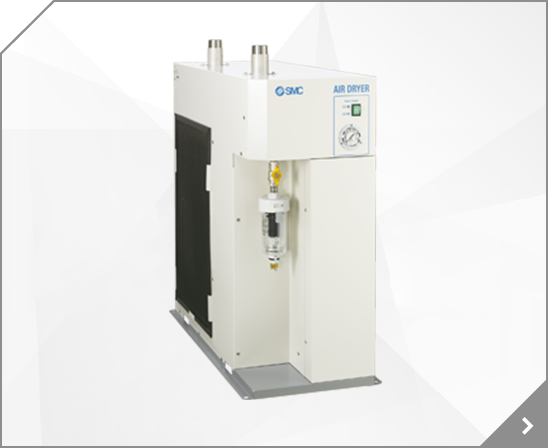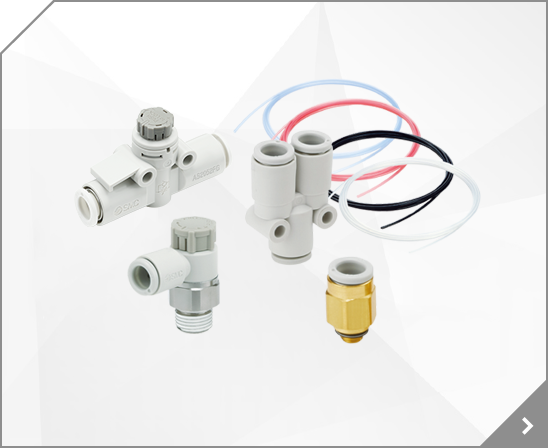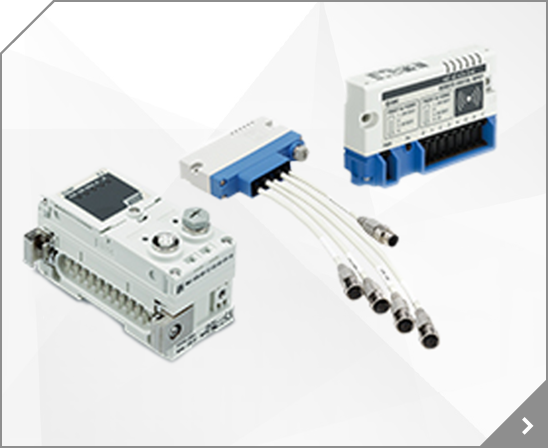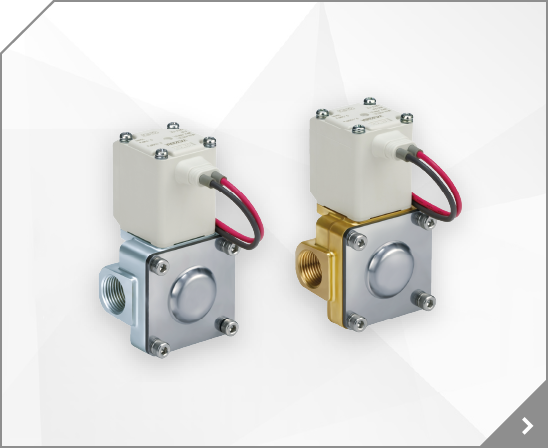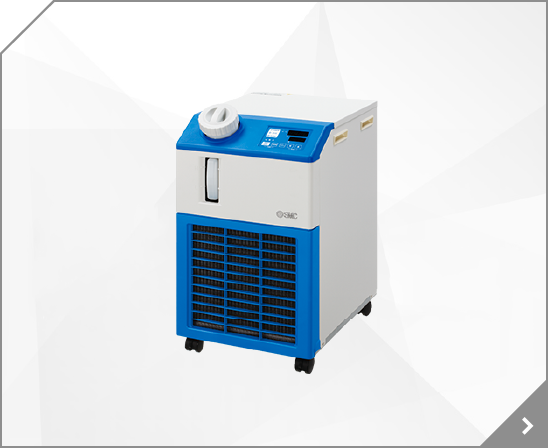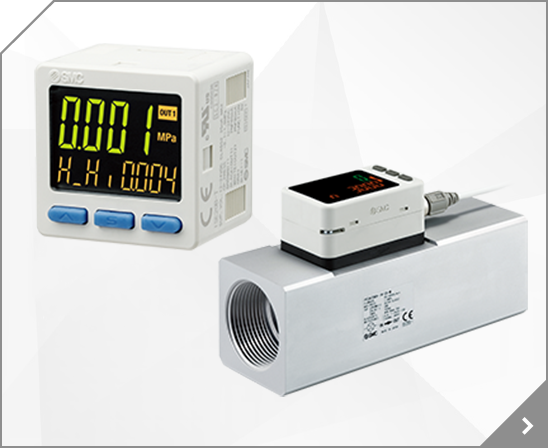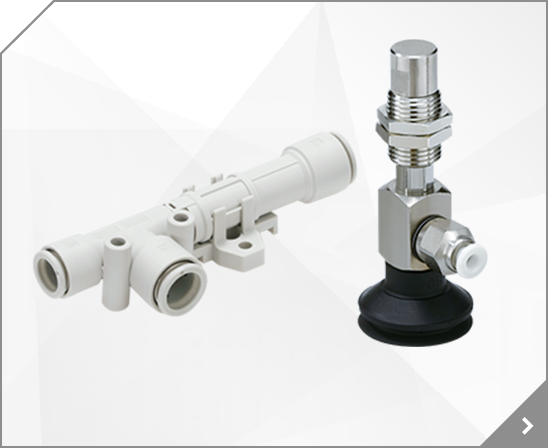
This is a legacy product. Please contact us for the latest version.sales@ocaire.com, ENDPLATE D-SIDE S-KIT, VALVE, VV5Q* NO SIZE RATING, .26400 lb
VQ valves are ideal for applications requiring high speed, frequent operation, stable response time and long service life. Innovative mounting methods allow valves to be changed without entirely disassembling the manifold. Built-in one-touch fittings save piping time and labor. Fluid: air/inert gas, Operating pressure range: 0.1 - 0.7MPa (high pressure type 0.8MPa), Effective area mm 2
VQ valves are ideal for applications requiring high speed, frequent operation, stable response time and long service life. Innovative mounting methods allow valves to be changed without entirely disassembling the manifold. Built-in one-touch fittings save piping time and labor. Fluid: air/inert gas, Operating pressure range: 0.1MPa - 0.7MPa (high pressure style 0.8MPa), Effective area
VQ valves are ideal for applications requiring high speed, frequent operation, stable response time and long service life. Innovative mounting methods allow valves to be changed without entirely disassembling the manifold. Built-in one-touch fittings save piping time and labor. Fluid: air/inert gas, Operating pressure range: 0.1 - 0.7MPa (high pressure type 0.8MPa), Effective area mm 2
VQ valves are ideal for applications requiring high speed, frequent operation, stable response time and long service life. Innovative mounting methods allow valves to be changed without entirely disassembling the manifold. Built-in one-touch fittings save piping time and labor. Fluid: air/inert gas, Operating pressure range: 0.1MPa - 0.7MPa (high pressure style 0.8MPa), Effective area
This is a legacy product. Please contact us for the latest version.sales@ocaire.com, VV5Q* BUILT IN FITTING LESS THAN 1/4, VALVE, VV5Q* MANIFOLD VQ 4/5 PORT, UM, VV5Q* BUILT IN FITTING LESS THAN 1/4, 1.188 lb
VV5Q* NO SIZE RATING, VALVE, VV5Q* MANIFOLD VQ 4/5 PORT, 21, VV5Q* NO SIZE RATING, 0.5852 lb
While a pallet is stopped by the stopper cylinder, a load is continuously applied to the rod by the conveyor. This load N can be calculated using the transfer load N (mass kg x gravitational acceleration g) and the friction coefficient μ of the conveyor surface. Also, if the conveyor is inclined, a part of the load of the transported object will act.
When the lateral load increases, the
